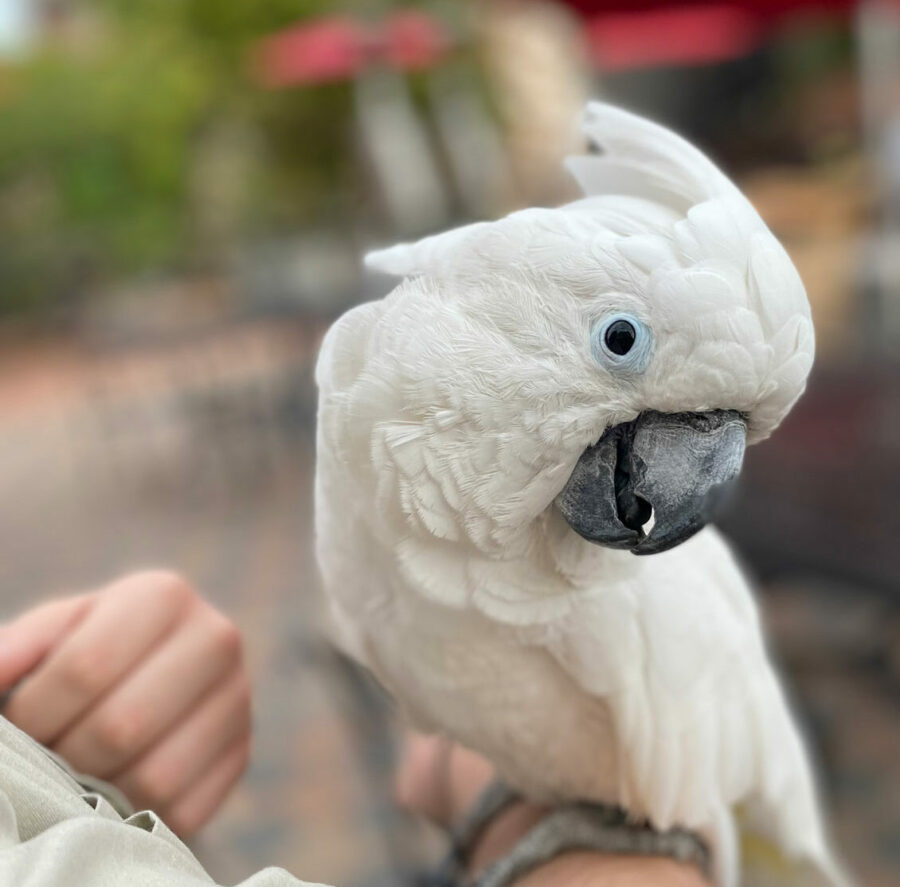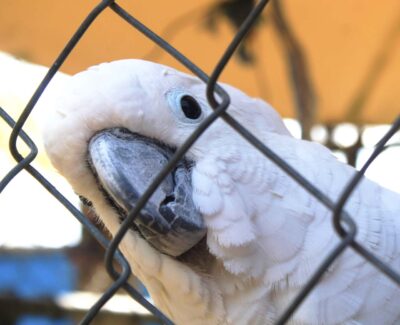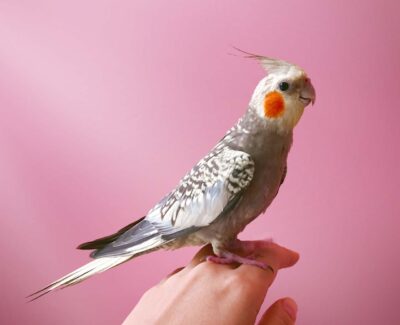
The Do’s and Don’ts of Bonding with Your Pet Bird
Adding a pet bird to your family can bring several years of joy and companionship. However, many bird owners—even those who have plenty of experience with feathered friends—may find that they have difficulty bonding with their new pets, as some birds exhibit signs of fear, shyness, or even aggression. To ensure a healthy, long-lasting, and mutually fulfilling relationship with your bird, it’s important to invest time and effort in the bonding process. Here are a few do’s and don’ts to keep in mind:
Do start socializing with your bird gradually
Some birds have limited interaction with humans before being adopted—and sadly, some may even have had negative human experiences. Therefore, it’s common for new pets to act nervous around their owners. If you’ve noticed this, the key is to take it slowly when trying to interact with your bird in order to desensitize them to your presence. You may even need to start by simply sitting near your bird and talking to them in a friendly yet soothing voice for a few minutes each day; you might also consider singing or reading to them. Be sure to avoid making any sudden movements, and gradually increase the amount of time you spend in your bird’s presence as they begin to seem more comfortable with you.
Don’t try to assert dominance
Possibly inspired by the dog training world, some bird owners have spread bad advice through social media and other forums, suggesting that owners should establish themselves as “flock leaders” and take steps to assert dominance over their birds. For instance, one piece of misguided advice states that you should never allow your bird to be above your head, even going so far as to suggest that you should cut the legs off the bird cage in order to maintain “height dominance.” While these types of techniques may be helpful with canines, they will likely make avian companions more fearful and damage the fragile relationship they have with their new owners.
Do introduce physical touch
Touch is an integral part of most human-pet relationships, and with birds, it can signify affection and help get them to consider you as a family member. If your bird seems receptive to it, try to start by gently scratching the back of their head or helping them preen themselves.
Don’t force physical contact
Again, it’s crucial to take things slowly with your bird and pay attention to their body language. It may be helpful to offer a verbal or visual cue (such as a hand gesture, or asking “touch?”) before making contact with your bird; if they display body language such as lowering their head, relaxing their head feathers, or leaning toward you, they are likely receptive to your touch. On the contrary, if the bird looks or leans away, holds their head high, or slicks back their feathers, trying to persist in touching them may cause them to bite you.
Do share your food
Inspired by the behavior of bonded birds in the wild, sharing a meal with your bird can promote trust and help them to see you as part of their flock.
Don’t share foods that could be dangerous to birds
Your bird’s health is paramount, so be sure to only share bird-safe foods. For instance, food should be free of salt and seasonings, and never share toxic items such as avocado, chocolate, garlic, onions, or processed foods. Healthy options include fresh leafy greens, root vegetables, and organic fruits.
When welcoming a new pet bird to your flock, patience is key as you strive to build a trusting, affectionate relationship. To learn more, check out the other articles on our blog, our bird matchmaker quiz, and various other tools on our site!





